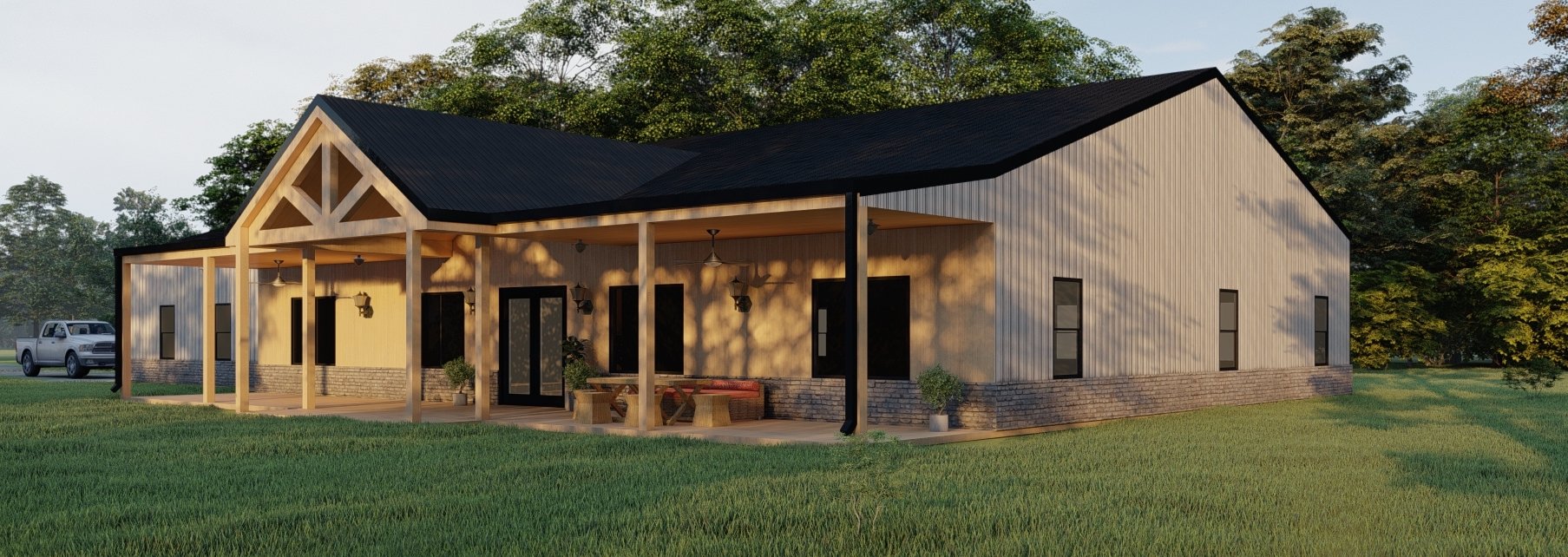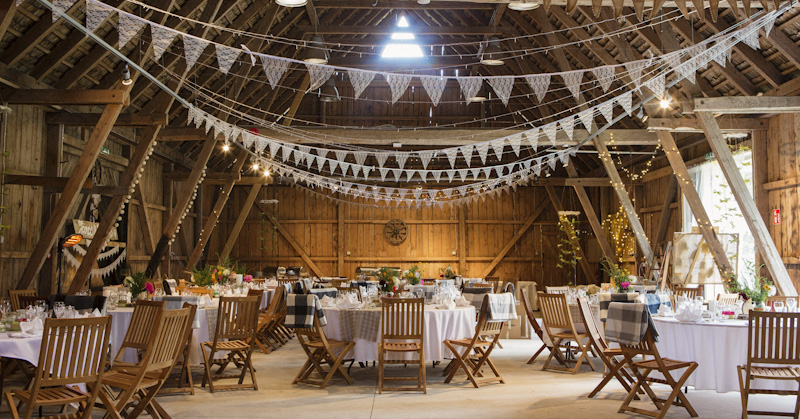Barndominiums Vs. Traditional Homes: a Detailed Comparison of Way Of Living and Capability
The choice in between barndominiums and conventional homes includes various factors, including way of living choices and practical demands. Barndominiums are defined by their open layouts and adaptability, often interesting those that prioritize communal living and versatility. In comparison, typical homes use a more structured setting, which may better offer households seeking personal privacy and a feeling of history. As we check out the price ramifications and environmental factors to consider, it ends up being clear that the choice expands beyond mere aesthetics and capability; it invites a much deeper exploration of what truly specifies a home.
Summary of Barndominiums
Barndominiums, an unique real estate fad obtaining appeal throughout various regions, blend the rustic appeal of barn-style design with the capability of modern-day home. These unique structures usually contain a metal or wood framework, integrating open flooring strategies and high ceilings with energy-efficient functions. Commonly positioned on large country homes, barndominiums provide house owners the chance to delight in a tranquil way of life while supplying adequate area for various activities.
The versatility of barndominiums extends past their visual allure; they can work as both living quarters and practical areas for hobbies, workshops, or perhaps small companies. Their flexible layout enables easy customization, accommodating varied household requirements and preferences. Numerous proprietors value the low maintenance requirements connected with steel home siding and roof, contributing to long-term durability.

Qualities of Conventional Houses
Emphasizing timeless layout and convenience, conventional homes are defined by their distinctive building styles, which commonly mirror historical influences and regional appearances. Common features include in proportion exteriors, gabled roof coverings, and an emphasis on craftsmanship, resulting in a warm and inviting environment.
Standard homes usually incorporate elements such as crown molding, wainscoting, and hardwood flooring, enhancing their traditional charm. They normally include numerous spaces with defined functions, promoting household interaction while enabling for privacy. website. The format frequently includes formal living and dining areas, which contribute to enjoyable visitors and organizing family members gatherings
Exterior materials such as block, timber, or rock are regularly made use of, adding to durability and a sense of permanence. Barndominium builder. Additionally, numerous conventional homes are developed with front patios or stoops, promoting a sense of community and connection with the area
Landscape design plays a substantial duty in standard home style, with well-kept gardens and pathways that enhance aesthetic allure - view now. Generally, standard homes symbolize a feeling of nostalgia and stability, appealing to those who value heritage and a more structured living environment
Price Contrast
Commonly, a price contrast between barndominiums and conventional homes reveals significant differences in building and construction expenditures and general investment. Barndominiums, typically constructed from metal or steel frames, commonly sustain reduced material and labor costs than traditional homes constructed from timber and block. The simplified design of barndominiums can convert to minimized building times, additionally reducing labor costs and quickening tenancy.
On average, the price per square foot for a barndominium varies from $100 to $150, while conventional homes can differ commonly, usually falling in between $150 and $300 per square foot, depending on area, materials, and design intricacy. This cost difference makes barndominiums an appealing option for budget-conscious customers seeking bigger space without sacrificing high quality.
Additionally, barndominiums might result in lasting cost savings via lower upkeep costs, power efficiency, and insurance coverage rates. Their durable building and construction materials commonly require much less upkeep gradually contrasted to conventional homes. It is essential to consider that while preliminary prices might be lower for barndominiums, the final financial investment will certainly also depend on individual personalization and wanted services, which can influence the general cost in both real estate kinds.
Way Of Living and Space Considerations
When thinking about way of life and room, barndominiums supply an unique versatility that attract a selection of home owners. These hybrid structures incorporate residential dealing with useful space, often featuring open flooring plans that can be adjusted to suit specific needs. This versatility is specifically helpful for households or individuals looking for an individualized living environment, enabling diverse uses such as home offices, workshops, or recreational locations.

Moreover, the aesthetic allure of barndominiums can cater to both rustic and modern tastes, making them a functional option for various style preferences (Barndominium repair). Inevitably, the selection between a barndominium and a traditional home typically pivots on exactly how well each option lines up with the homeowner's way of life aspirations and spatial demands, hop over to here highlighting the importance of thinking about individual priorities in the decision-making procedure
Environmental Effect and Sustainability
The ecological impact and sustainability of barndominiums present engaging advantages compared to typical homes. Mainly built from steel and various other resilient products, barndominiums are often developed making use of recycled sources, decreasing the need for brand-new products and minimizing waste. Their style commonly emphasizes open areas, which can bring about lower energy usage for cooling and heating compared to conventional homes with more fractional formats.
Moreover, barndominiums can incorporate sustainable functions such as photovoltaic panels, rain harvesting systems, and progressed insulation techniques, enhancing their energy effectiveness. The adaptability of their layout permits home owners to integrate these technologies more perfectly than in numerous standard homes, which might need substantial retrofitting.
Furthermore, barndominiums frequently require less sources for building due to their simpler, more efficient layouts (visit site). In general, barndominiums represent a forward-thinking method to sustainable living, aligning with modern ecological concerns.
Final Thought
In summary, the choice between barndominiums and typical homes pivots on private lifestyle preferences and useful needs. Barndominiums, with their open designs and sustainable materials, deal with those looking for flexibility and public living. Alternatively, conventional homes provide defined rooms that improve privacy and support historic appearances. Each choice presents one-of-a-kind benefits, necessitating mindful consideration of one's worths and needs when determining one of the most suitable living setting.